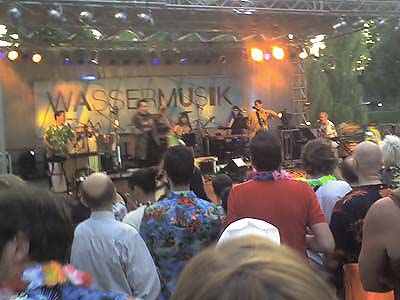North Shore Surfcamp
The world’s surfing capital, The North Shore Hawaii is home to mythical waves. Enjoy an authentic Hawaiian experience in one of the surfcamp’s two surfhouses and surf with local Edison.
Schwarzenegger ruft Finanznotstand in Kalifornien aus
Facebook | Fotos von Friends of Becky & Bubblegum and Other Delights
Facebook ist ein soziales Netzwerk, das Personen mit ihren Freunden, Kollegen, Kommilitonen und Mitmenschen verbindet. Unsere Nutzer verwenden Facebook, um mit Freunden in Kontakt zu bleiben, unbegrenzt Fotos, Links und Videos miteinander zu teilen und mehr über die Personen zu erfahren, die sie treffen.







